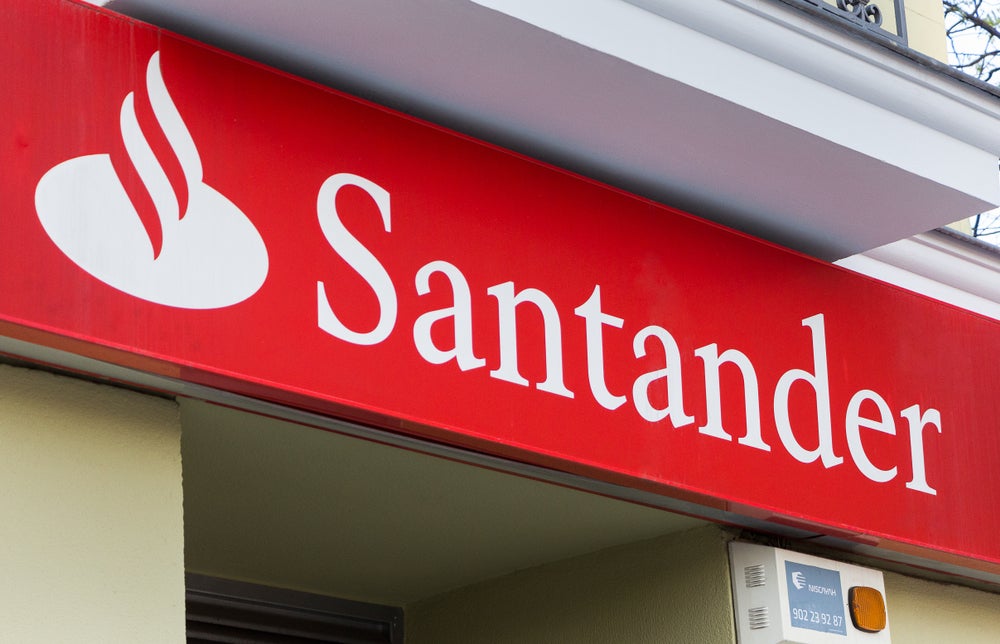For most of the past two decades
the US has been a nation of spendthrifts, almost totally abandoning
personal savings in the process. Shocked into reality by the
2008-09 economic crisis, Americans have regained the savings ethic,
a shift Allianz’s chief economist sees as permanent. Charles Davis
reports.
The longest lasting effects of the Great
Recession may well be a renewed American saver, with real
repercussions for the life industry, according to a recent study by
European insurer Allianz SE’s Group Economic Research unit.
The study, which examines how the recent
dramatic reduction in household wealth is affecting consumption and
savings behaviour, found that the US savings rate could rise as
high as 6% in the wake of the crisis, potentially significantly
expanding the need for guaranteed and safe savings solutions.
Allianz estimated that $700bn per year could be
saved in the US in the next 10 years.
The study reminds the reader of the scope of
the devastation wrought. From mid-2007 to early 2009, the fall in
share prices and collapse in home values destroyed nearly $17.5trn
of household wealth while at its worst in the first quarter of
2009.
With the stock market rally that began in March
2009 and the stabilisation of house prices, some of these losses
were made up by year-end 2009. Nevertheless, estimated losses still
amount to between $11trn and $12trn while the ratio of wealth to
income has fallen back to mid-1990s levels.
How well do you really know your competitors?
Access the most comprehensive Company Profiles on the market, powered by GlobalData. Save hours of research. Gain competitive edge.

Thank you!
Your download email will arrive shortly
Not ready to buy yet? Download a free sample
We are confident about the unique quality of our Company Profiles. However, we want you to make the most beneficial decision for your business, so we offer a free sample that you can download by submitting the below form
By GlobalDataGiven this loss of wealth, the economists at
Allianz expect the overall level of household savings in the US to
rise by approximately $500bn annually. With disposable income
currently equal to roughly $11trn, this suggests that the saving
rate is set to climb to between 6 and 6.5% of disposable
income.
According to the Federal Reserve Bank of St
Louis, the savings rate stood at 3.5% at the start of 2000 and fell
to a low of 0.8% in early-2008. The savings rate in December 2009
stood at 4.2% while savings rates consistently above 6% were last
seen in the early 1990’s.
Surge in savings rate
“We have witnessed a surge in the
saving rate since early 2008, up to an average of 4.6% in 2009,”
Allianz SE chief economist Michael Heise told RBI. “We
anticipate that products, such as mutual funds, annuities and
equities, will benefit from this change.”
In 2008, financial assets of private households
declined by 17.8% over the previous year reflecting mainly the fall
in equity markets. Besides the devaluation of existing assets,
flows of most segments suffered strongly as a result of the weak
economy suppressing the acquisition of financial assets.
The Allianz study anticipates the composition
of assets held by private households will change quite
significantly during the coming years. The report finds that US
households’ annual acquisition of financial assets is set to pick
up again and amount to a range of between $700bn and $800bn in
2010. Despite this improvement, it is well below the average of
almost $900bn that was invested annually in the five boom years of
2003 to 2007. Overall, accumulation of financial assets as a ratio
of disposable income is 2 percentage points lower on average than
in the period 1997 to 2008.
In 2009, with the rebound of equity and bond
markets more and more households started to move out of cash and
buy assets with higher returns again.
The beneficiaries were mutual funds and direct
equity investments, which recorded strong inflows, especially for
corporate bond funds and emerging market equity. With less volatile
equity markets, demand for pension funds also revived slowly.
Price-sensitive buyers
However, the study found that cash
holdings by US households are still high compared to pre-crisis
levels. Cash deposits stood at $332bn at the end of the third
quarter of 2009 compared to only $104bn in the first quarter of
2008.
“This wait and see strategy reflects the new
cautiousness of US consumers in financial matters. The days of free
spending are gone for good,” Heise said. “We commissioned a survey
in four countries [the US, Germany, France and Italy] and confirmed
this new pattern. Contrary to the image of former times, US
consumers turned out to be the most thrifty and cautious.”
The survey also confirms that transparency and
downshifting are the most relevant trends emerging from the crisis.
Ahead of their European counterparts, US consumers are the most
price-sensitive when it comes to the purchase of financial
assets.
The study found that new life insurance premium
income tumbled by 7% in 2009 and that the first half of the year
was the worst since 1942 with individual life sales plummeting by
23%.
“First results for the third quarter suggest
that sales finally at least started to stabilise,” the report
said.
“But in the first half of the year all products
with varying premium payments and especially those that are in
addition unit-linked like variable universal life crashed as people
reduced their premium payments during the crisis and are very
reluctant to buy unit-linked products due to the uncertain equity
markets.”
Traditional term and whole life products do not
allow premium payment adjustment over time and provide fixed
returns. They are relatively simple to understand and especially
term life products are quite affordable. Consequently, premiums
declined by only 3% and 4% year-to-date, respectively, and could
therefore both increase their market share by 6 percentage points
to 28% of the market.
However, as life insurance products are sold
rather than bought the performance was also affected by the retreat
from the market by some insurers due to the need of insurance
companies to conserve capital.
Allianz finds that higher prices – especially
for term insurance products with high required reserves – and the
ongoing weak economic environment will depress growth of life
insurance products in the medium term, particularly for the
traditional term and whole life products.
Despite the cutback, universal life products
will continue to be the most popular individual life product as
they are relatively easy to understand and provide fixed returns
with death benefit protection. The equity market recovery if
sustained will play into the hands of variable life products, but
it will be some time before they again reach the market share of
16% recorded in 2007.







